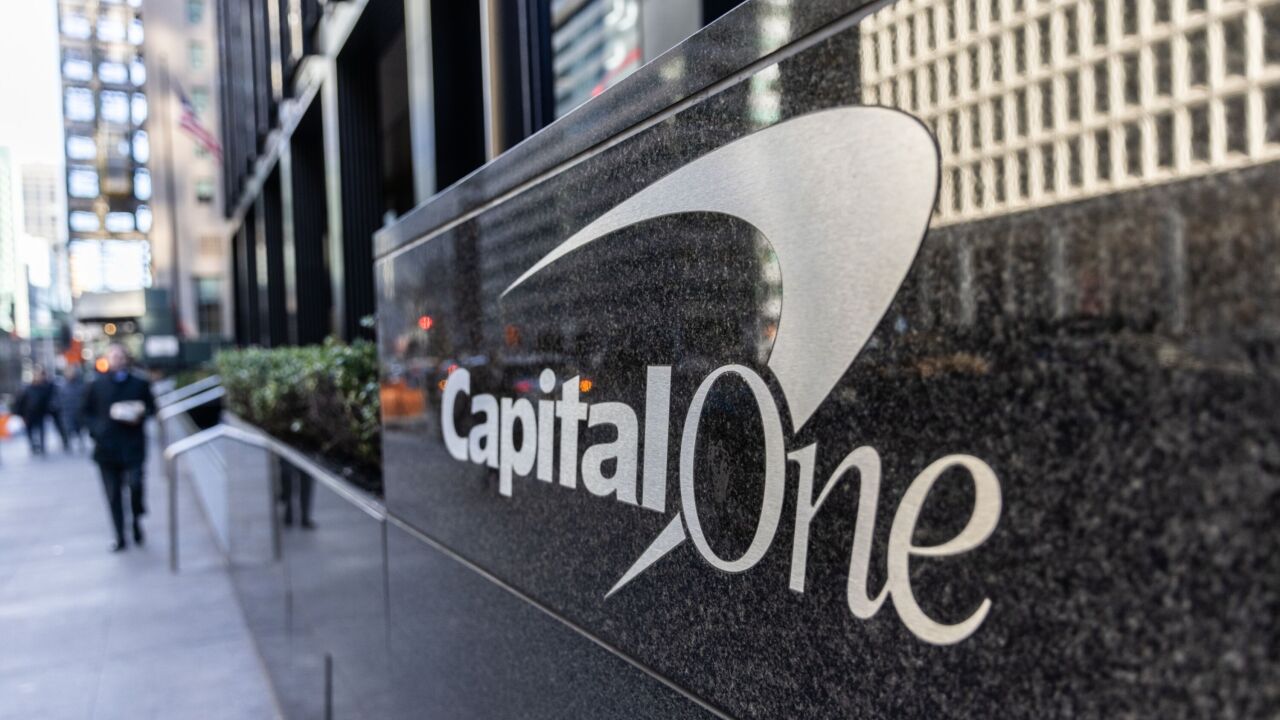The collateralized loan obligation (CLO) market is returning to a healthy issuance pace, after pausing briefly in the wake of regional-bank and Credit Suisse failures. However, jitters remain that further disruptions could be in store, and the meager supply of new loans over the last year could face further hurdles as Dodd-Frank-Act guidelines increase scrutiny of leveraged lenders.
The Federal Reserve pushed up rates March 22 by the anticipated 25 basis points, after instituting a backstop facility and other regulatory measures to safeguard banks lessened concerns. In fact, several securitizations have approached the market since then, including the $500 million Octagon 67 CLO.

Through March 22, LCD tracked 70 CLOs totaling $30.5 billion, compared to 56 deals totaling $28.0 billion at the same point last year. This year's deals have had to rely primarily on existing warehouse lines and loans purchased in the secondary market, since new leveraged loans have been sparse since early 2022. David Preston, head of structured credit research at AGL Credit Management, said the trickle might change into more of a stream soon, because bankers have recently indicated that leveraged buyouts and M&A transactions, the main source of new leveraged loans, are likely to pick up in Q2.
In the wake of the recent bank-related volatility, concerns about risky borrowers facing liquidity challenges have abated, said Glen Fest, LCD's senior editor over US CLOs. What that means for CLOs remains unclear, however. He noted recent research from major banks such as JP Morgan and Deutsche Bank have anticipated wider CLO spreads and deal supply falling from last year.
"We're in a wait and see period now," Fest said.
Waiting for the tremors to subside
Without more volatility, major dealers will almost certainly seek to generate regular CLO issuance as soon as possible, since they already have deals in the pipeline and want to avoid unnecessary logjams. Still, high coupons and market volatility helped depress new loan originations before the recent bank crisis and those factors remain, said John Kim, chief executive and investment officer at Panagram Structured Asset Management. That has required CLO managers to rely on the secondary market to fill CLO portfolios, pushing up close to par the prices on higher quality loans that are attractive to CLOs, while the less attractive loans trade in the 70s, creating a significant bifurcation.
"More primary loan market issuance could mitigate that, but it's not coming right now," Kim said, adding that the loan availability is just one of several factors considered when launching a new CLO.
That bifurcation might be easing. Preston said that the percentage of leveraged loans priced at 98 or higher peaked on February 15 at more than 55%, up from 30% at the start of the year, and as of March 22 they had fallen back to 32%. The S&P/LSTA leveraged Loan Index now averages below 93, increasing the "pull to par" and boosting CLO returns.
"That's a very CLO-friendly level," Preston said.
How long that lasts is anybody's guess, given that the most recent banking crisis is only days in the review mirror. While regulators appear to have calmed the storm for now, said John Kerschner, head of securitized products at Janus Henderson, it remains difficult for CLO investors to price risk after recently experiencing bank runs not seen since the Great Financial Crisis (GFC).
"I don't think we're quite out of the woods yet," Kerschner said.
It's too early to breathe easy
And even if market volatility subsides, the longstanding interagency guidance on leveraged lending—issued March 21, 2013—could lead to a more conservative approach by banks toward leveraged lending.
"I won't be surprised if the leveraged lending market remains subdued for the foreseeable future, said Rakesh Gajjar, global head of integrated credit-risk practice at CRISIL, which supports global financial institutions across their credit functions, including leveraged lending.
The regulators' guidance directs lenders servicing a leveraged loan to monitor metrics regularly, such as repayment capacity and leverage ratios, and compare the actual results to the bank's internal base-case forecasts. When regulatory audits find discrepancies that exceed certain thresholds, regulators may penalize the lender and push for remediation measures, Gajjar said. He added that over recent years banks have received Matters Requiring Attention (MRAs) notices, which result in high-cost remediation programs.
Rapidly increasing interest rates over the last year played a part in recent problems within the banking sector, and that will continue to propel regulatory scrutiny, Gajjar said. He added that the "intensity will pick up from both, the regulatory audit perspective as well as regulators pushing either for new stringent underwriting guidelines or monitoring standards for banks to follow."
Kim said that regardless of whether the recent liquidity crisis is over or not, there's almost certainly going to be more scrutiny of banks, especially by regulators. Assuming, however, that the elevated scrutiny doesn't impede the supply of new loans, it could benefit CLOs.
"It could be a credit positive because new loans will be heavily underwritten, and perhaps covenants will be reintroduced," Kim said. "Measures like that would, I think, allow the CLO market to feel more comfortable about buying the new assets."





